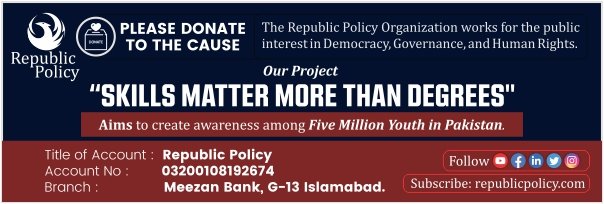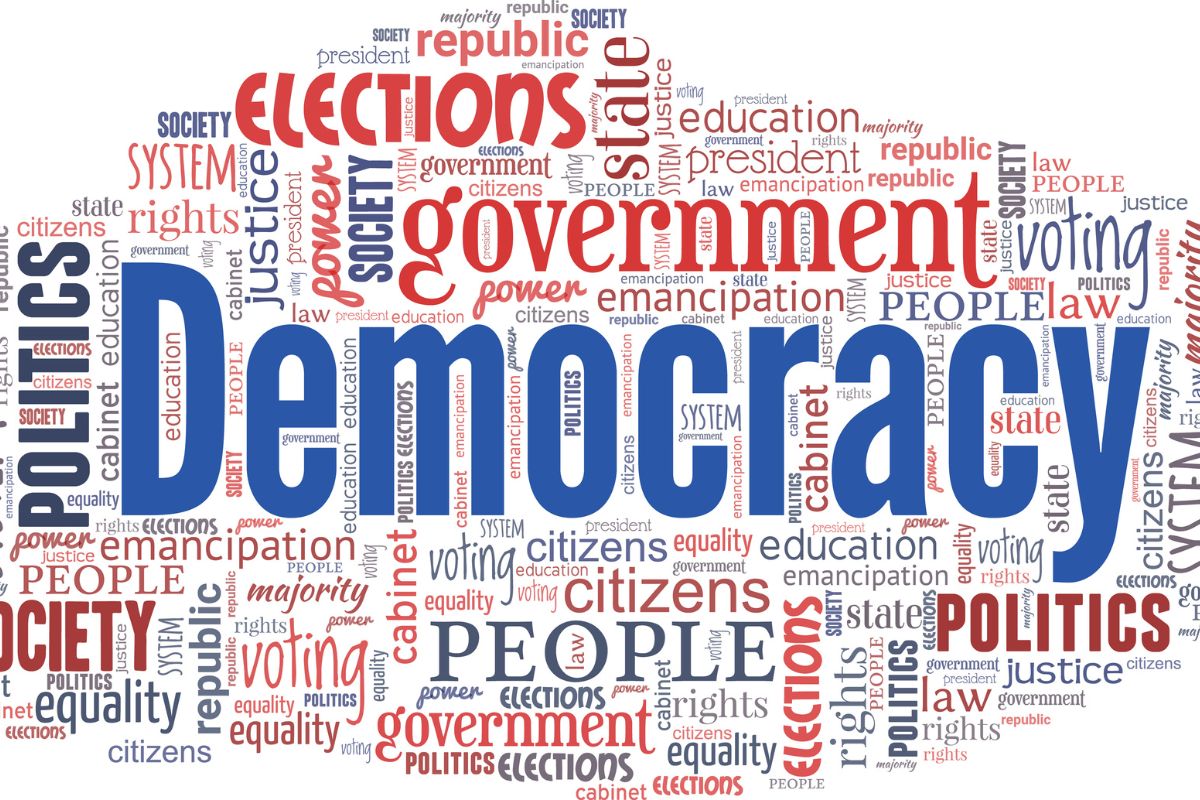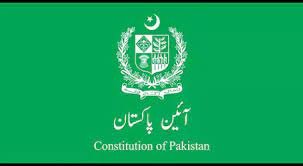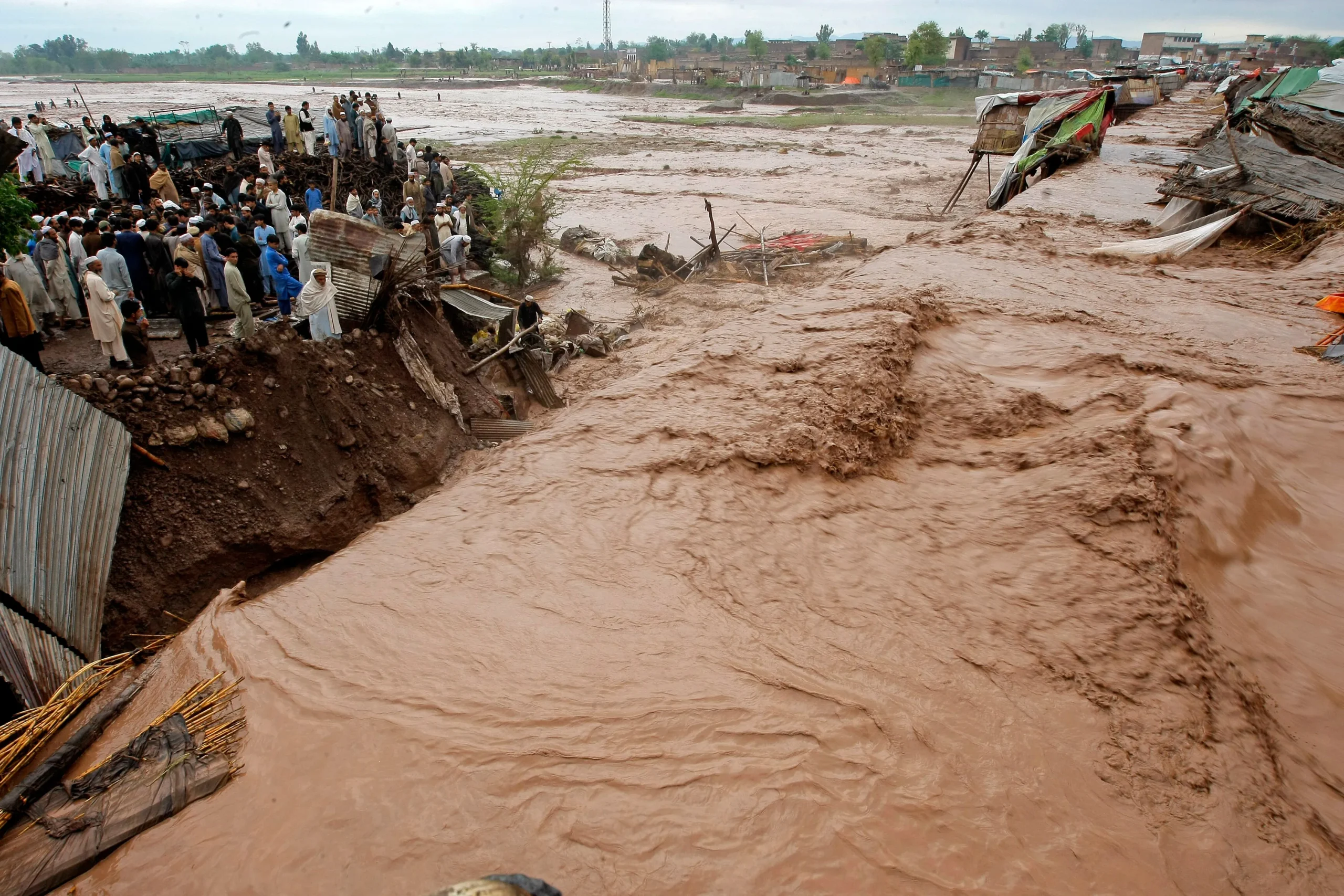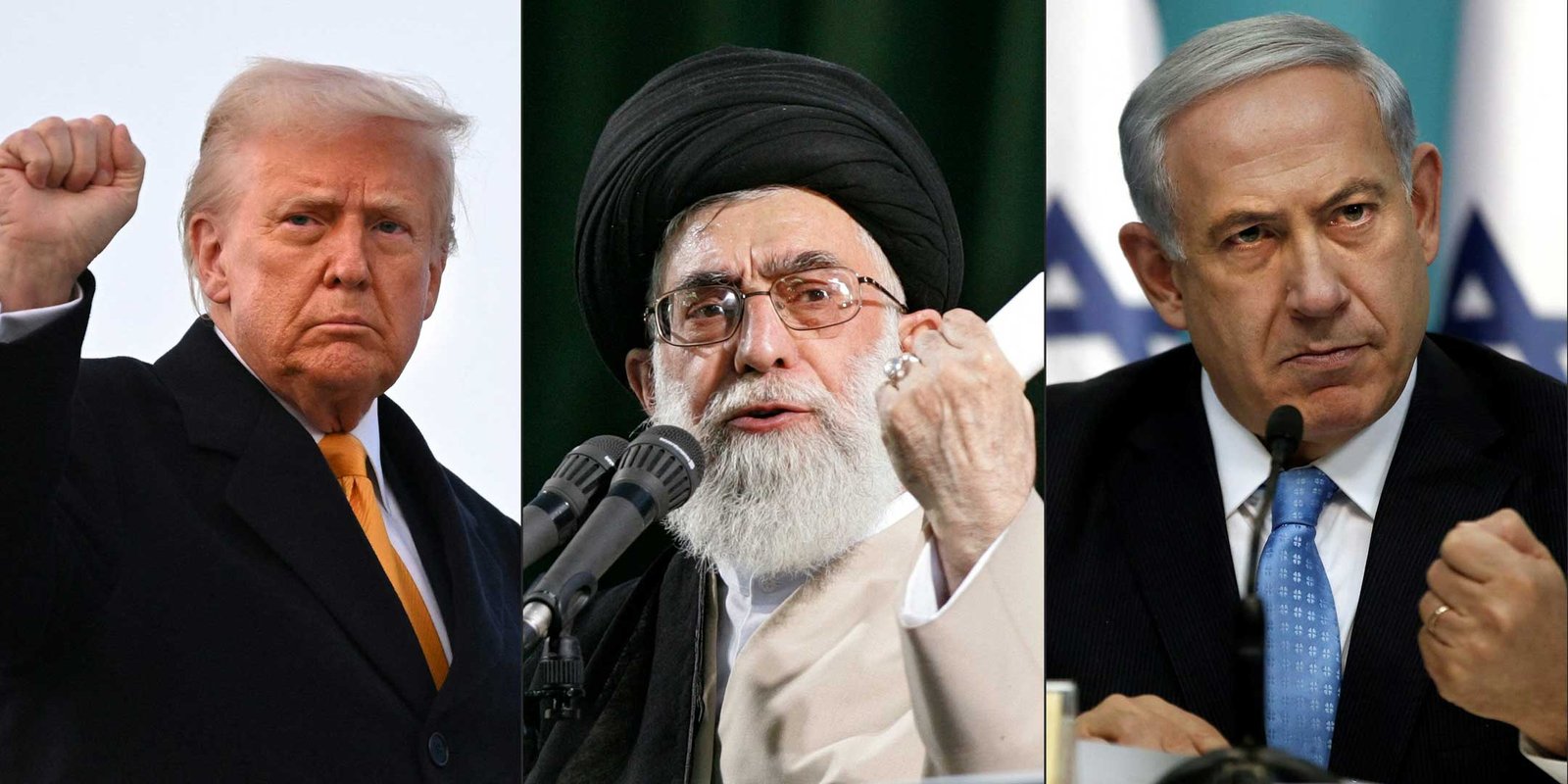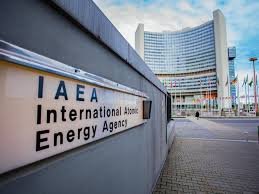Editorial
Learning poverty, as defined by the World Bank, refers to the proportion of children who are unable to read and comprehend a basic text by the age of ten. In Pakistan, this issue is alarmingly pervasive, with 77% of children facing difficulties in acquiring essential literacy skills. This stark statistic not only underscores the deep-rooted challenges within the education system but also highlights the risks posed to the country’s socio-economic progress.
Pakistan’s learning poverty rate reflects significant educational gaps, driven by systemic issues such as outdated curricula, insufficient teacher training, and inadequate infrastructure. While primary school enrollment has increased, the quality of education remains poor, especially in rural areas. Overcrowded classrooms, lack of teaching materials, and weak accountability mechanisms are further exacerbating the problem. The absence of professional development opportunities for teachers also limits their ability to implement modern and effective teaching methods.
Economic hardships, child labor, and entrenched gender disparities also play critical roles in exacerbating learning poverty. Families, particularly in rural and underprivileged areas, often prioritize immediate survival over education, leaving children without the resources or time to attend school. Girls, in particular, face additional barriers due to cultural norms and safety concerns, resulting in high dropout rates.
Pl watch the video and subscribe to the YouTube channel of republicpolicy.com for quality podcasts:
The Covid-19 pandemic has further intensified the crisis, with prolonged school closures, limited access to online learning, and a rise in student dropout rates. This disruption has set back educational progress, and many students who left school during the pandemic have not returned.
To combat learning poverty, Pakistan must prioritize education reforms that address both quality and accessibility. Investments in teacher training, updated curricula, and improved school infrastructure are essential. Moreover, the government should foster public-private partnerships to expand digital learning initiatives and ensure that marginalized communities, including girls, have equal access to education. Collaboration with international organizations and the use of evidence-based data can also guide effective policy decisions.
Pakistan faces a critical educational challenge. Addressing learning poverty is not only vital for improving literacy rates but is also key to securing the country’s future human development and economic stability. With sustained efforts, Pakistan can break the cycle of learning poverty and pave the way for a brighter future.





